Summary:
The working precautions for jaw crushers are crucial to ensure safe and efficient operation in mining, construction materials, and other industries. Below is a detailed guide to the precautions for jaw crushers:
I. Pre-startup Preparations
- Equipment Inspection
- Check the crushing chamber (moving jaw and fixed jaw liners) for cracks, wear, or looseness. If the liner wear exceeds 50% or there is rupture, replace it immediately.
- Inspect transmission components (belts, flywheels, bearings) for secure installation. Ensure the belt tension is appropriate (press the middle of the belt with fingers, and the sag should be 10–20 mm), and the bearing lubricant is sufficient (the grease filling should be 1/2 to 2/3 of the bearing cavity).
- Verify that the adjustment device (wedges, springs) is flexible and the discharge opening size meets production requirements (measure with a feeler gauge, with an error controlled within ±5 mm).
- Confirm that the electrical system (motor, control cabinet) has secure wiring, no leakage or short circuits, and a reliable grounding protection device.
- Site and Material Preparation
- Clear debris around the crusher to ensure a spacious operation area with good ventilation.
- Check that the material to be crushed meets equipment requirements:
- The maximum material size should not exceed 80% of the feed opening width (e.g., for a 600 mm feed opening, the maximum size should be ≤480 mm).
- Avoid crushing materials with excessive water content (over 15%) or high viscosity to prevent blockage of the crushing chamber.
- Strictly prohibit non-crushable materials like metal and wood from entering to avoid equipment damage.
II. Precautions During Startup and Operation
- Startup Sequence
- First activate the dust collection system (if available), then press the “Start” button on the control cabinet. Wait until the motor reaches rated speed (about 30–60 seconds) before feeding materials evenly.
- Feeding Control
- Use a vibrating feeder for uniform feeding. Avoid sudden large-scale feeding or unilateral feeding to prevent equipment overload or uneven wear of liners.
- Monitor the ammeter reading: During normal operation, the current should stabilize at 60%–80% of the rated value. If it exceeds 90%, reduce the feeding amount or check for material blockage.
- Operation Monitoring
- Listen to the equipment operation sound: It should be a uniform “rustling” sound. If abnormal knocking, friction, or severe vibration occurs, stop the machine immediately for inspection (possible causes include loose liners, damaged bearings, or non-crushable materials entering).
- Monitor bearing temperature with an infrared thermometer: The temperature rise should not exceed 40°C (above ambient temperature), and the maximum temperature should not exceed 75°C. If overheated, stop the machine to check lubrication or bearing clearance.
- Check the discharging condition: Ensure the discharge opening is unblocked and the material particle size is uniform (if the particle size becomes coarser, it may be due to liner wear or a larger discharge opening, requiring adjustment or replacement).
- Safety Operation
- Operators must wear protective gear (safety helmet, gloves, goggles). Never open the safety guard or reach into the crushing chamber while the equipment is running.
- Do not perform cleaning, maintenance, or adjustment during operation. For maintenance, stop the machine, cut off the power, and hang a “No Closing” warning sign.
III. Shutdown and Post-shutdown Maintenance
- Shutdown Sequence
- Stop feeding first, wait until all materials in the crushing chamber are discharged, then press the “Stop” button, and finally turn off the dust collection system.
- Post-shutdown Inspection and Maintenance
- Clean residual materials from the crushing chamber, feed opening, and discharge opening to prevent caking that may affect the next startup.
- Check whether bolts of each component (such as liner bolts and bearing seat bolts) are loose. The tightening torque should comply with the manufacturer’s requirements (e.g., for M24 bolts, the tightening torque is approximately 1,800–2,200 N·m).
- Supplement or replace lubricating grease: Lubricate the bearings according to the equipment operation time (every 500 hours). If the grease is deteriorated or emulsified, thoroughly clean the bearings and replace the grease.
- Record operation data, including startup time, processing capacity, fault conditions, etc., for subsequent maintenance reference.
IV. Common Faults and Emergency Handling
| Fault Phenomenon | Possible Causes | Handling Methods |
|---|---|---|
| Severe equipment vibration | 1. Loose foundation bolts; 2. Unbalanced flywheel; 3. Entry of non-crushable materials | 1. Tighten bolts; 2. Correct flywheel dynamic balance; 3. Stop to remove foreign objects |
| Overheated bearings | 1. Insufficient lubrication or grease contamination; 2. Too small bearing clearance; 3. Too tight belt | 1. Supplement or replace grease; 2. Adjust bearing clearance; 3. Adjust belt tension |
| Uneven discharge particle size | 1. Uneven liner wear; 2. Uneven feeding; 3. Improper discharge opening adjustment | 1. Replace liners; 2. Optimize the feeding method; 3. Readjust the discharge opening |
| Belt slipping | 1. Loose belt; 2. Excessive load; 3. Oil stains on the belt surface | 1. Tighten the belt; 2. Reduce feeding amount; 3. Clean the belt surface |
V. Daily Maintenance and Precautions for Long-term Shutdown
- Daily Maintenance
- Regularly inspect wear conditions of liners, belts, and other vulnerable parts, and replace them in a timely manner.
- Maintain good lubrication of all moving parts, and follow the specified lubrication cycle and grease type.
- Long-term Shutdown Precautions
- Clean the equipment thoroughly and apply anti-rust oil to exposed metal surfaces (such as liners and shafts).
- Cover the crusher with a waterproof tarpaulin to prevent moisture and dust accumulation.
- For equipment shutdown exceeding 3 months, rotate the flywheel manually every 15 days to prevent bearing sticking.
Following these precautions can significantly extend the service life of jaw crushers and minimize operational risks. Always refer to the manufacturer’s manual for specific guidelines tailored to your equipment model.

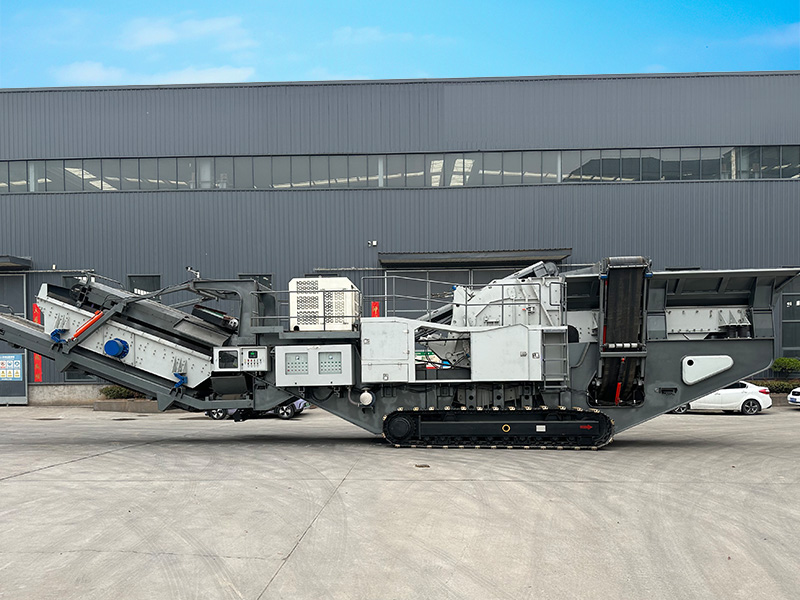
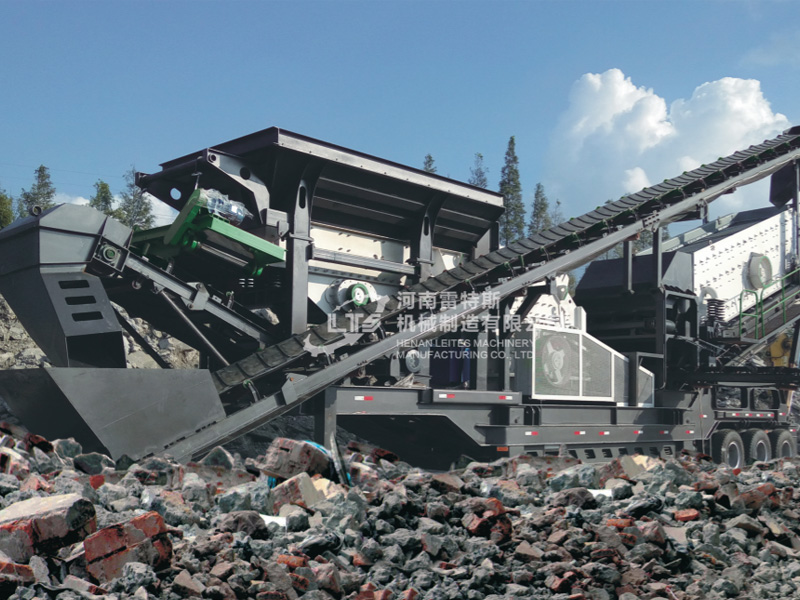
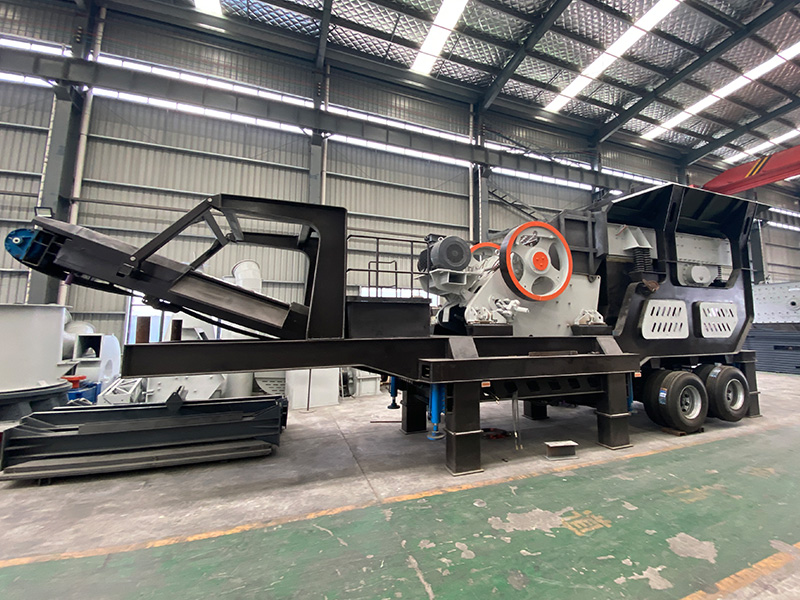
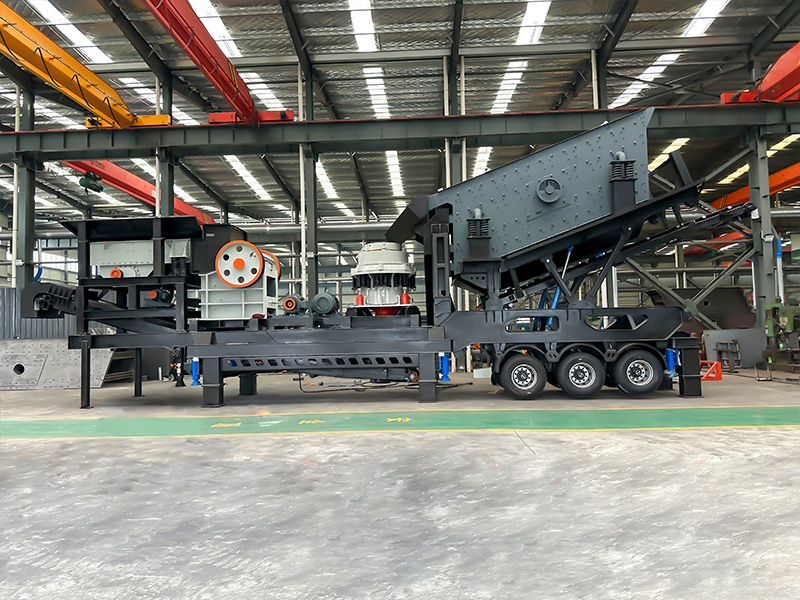
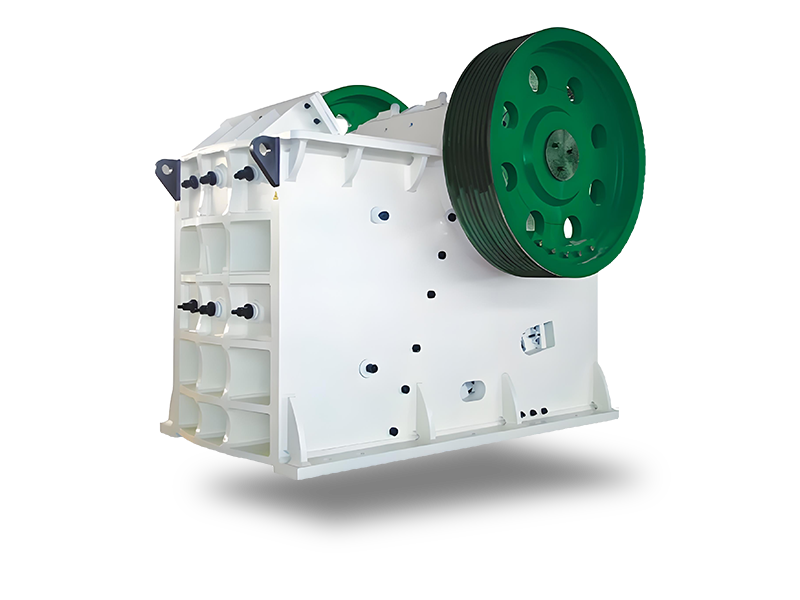
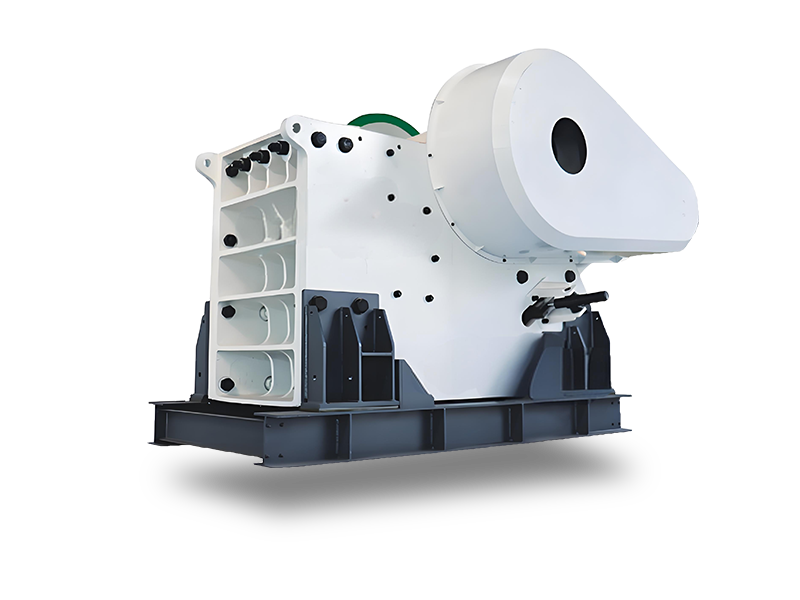

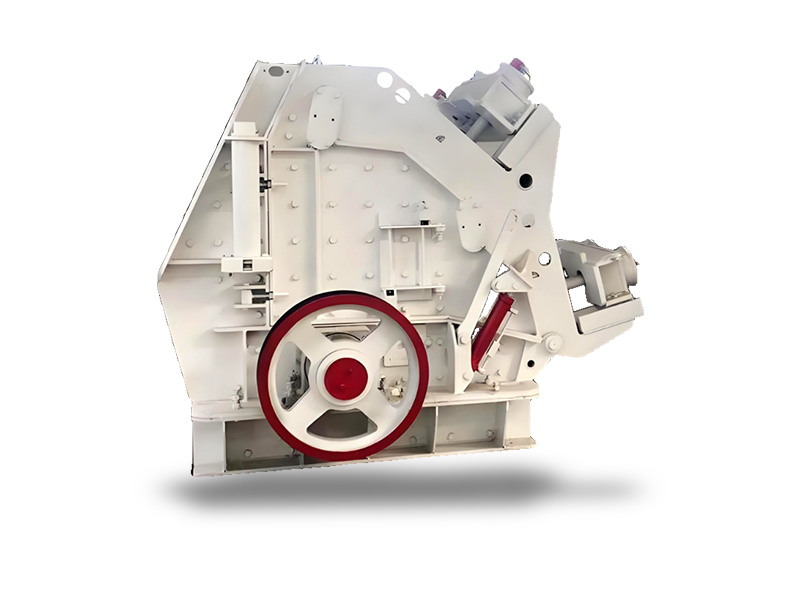
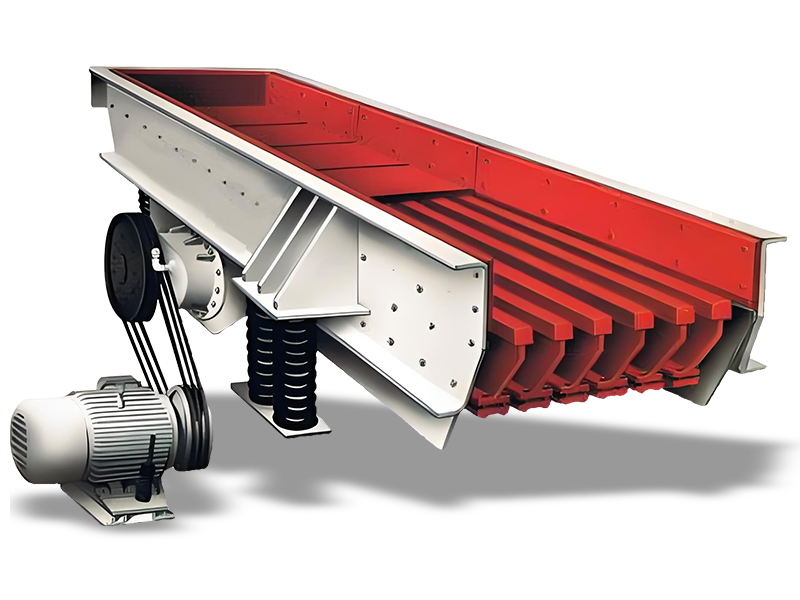
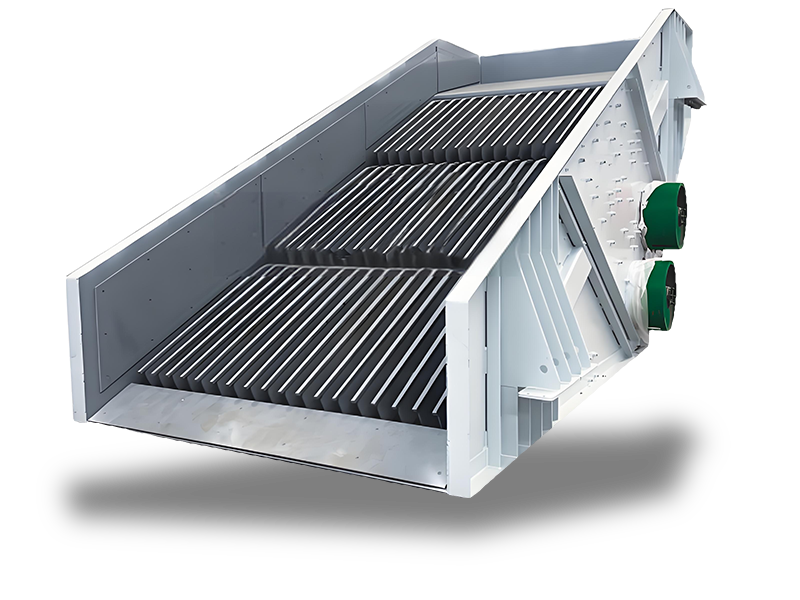
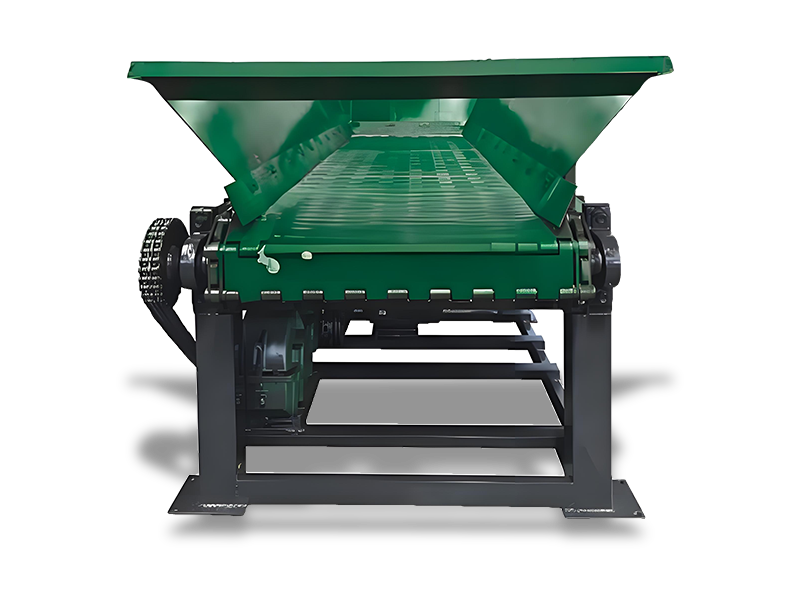
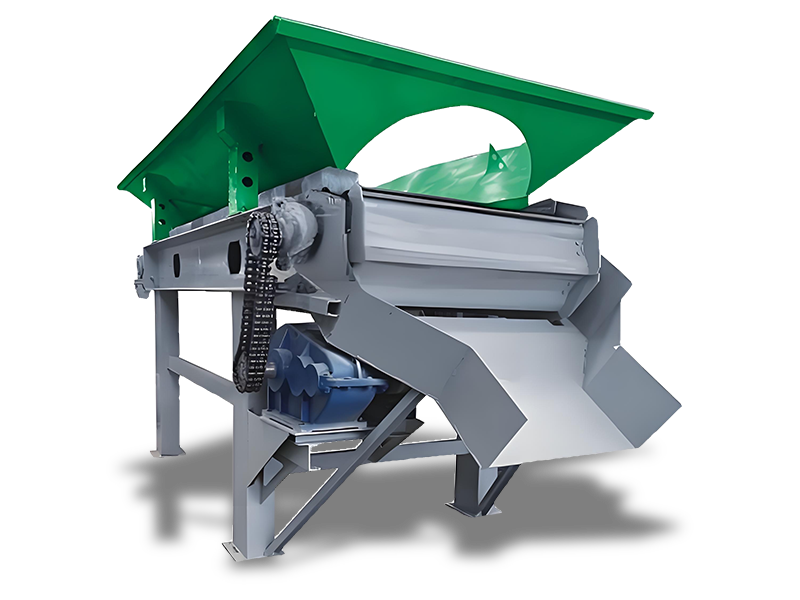
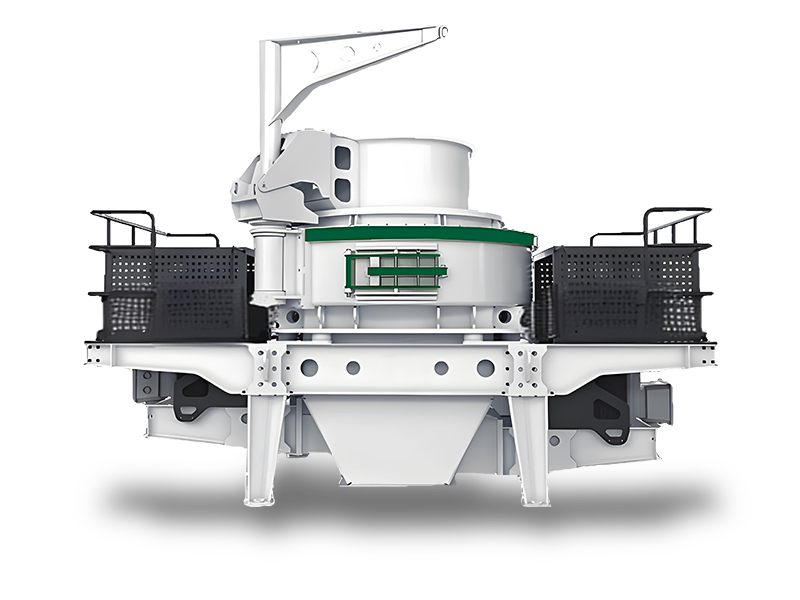
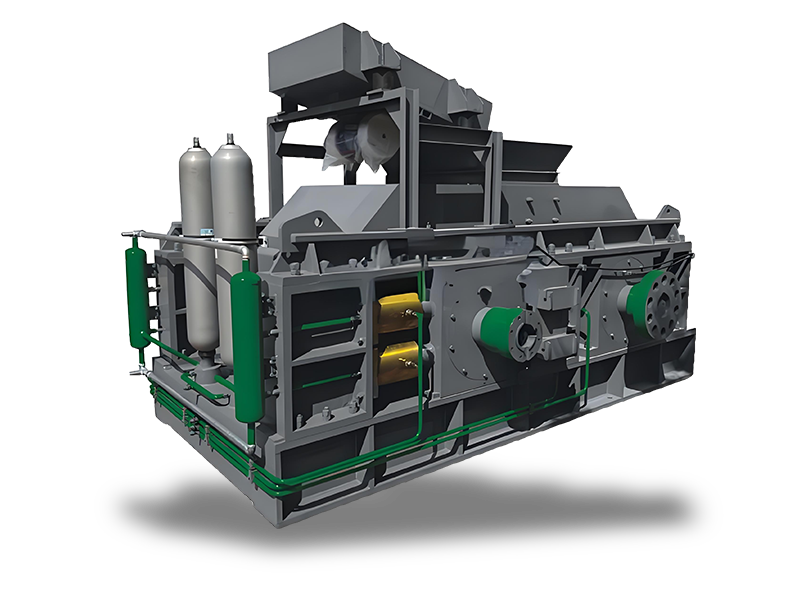
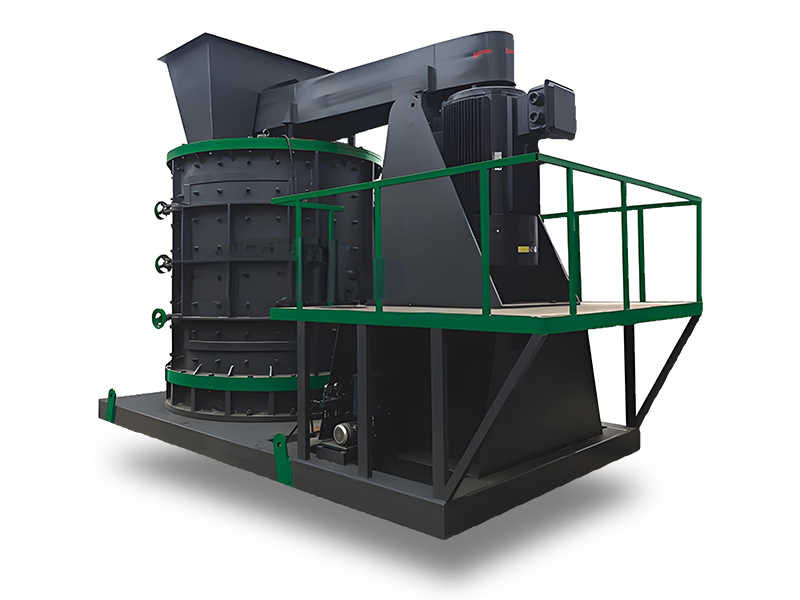
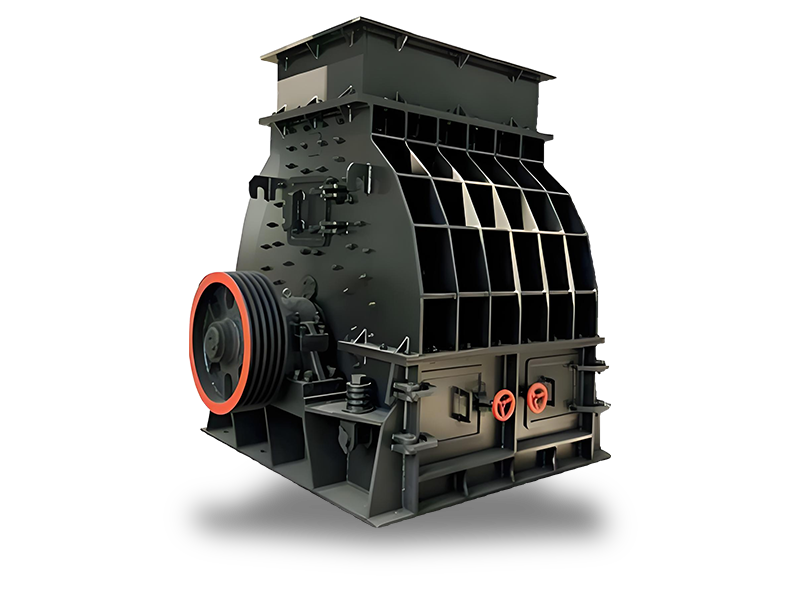
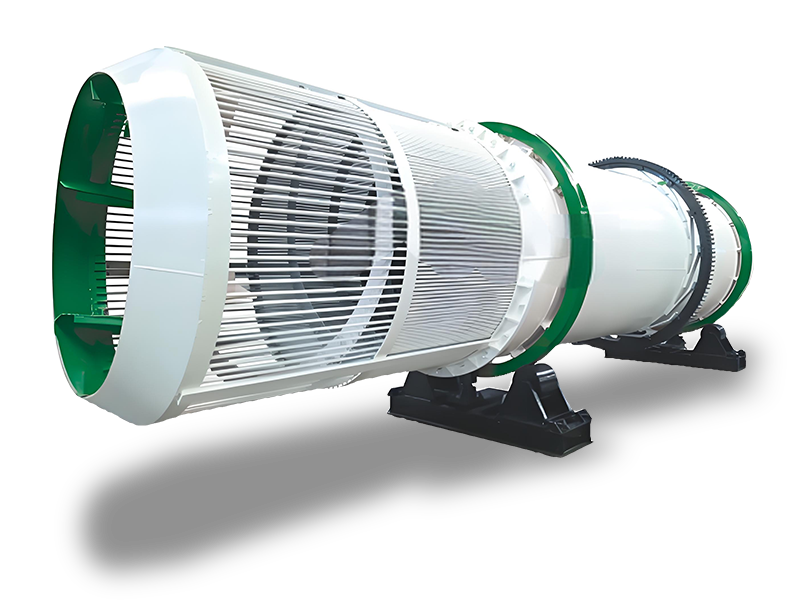
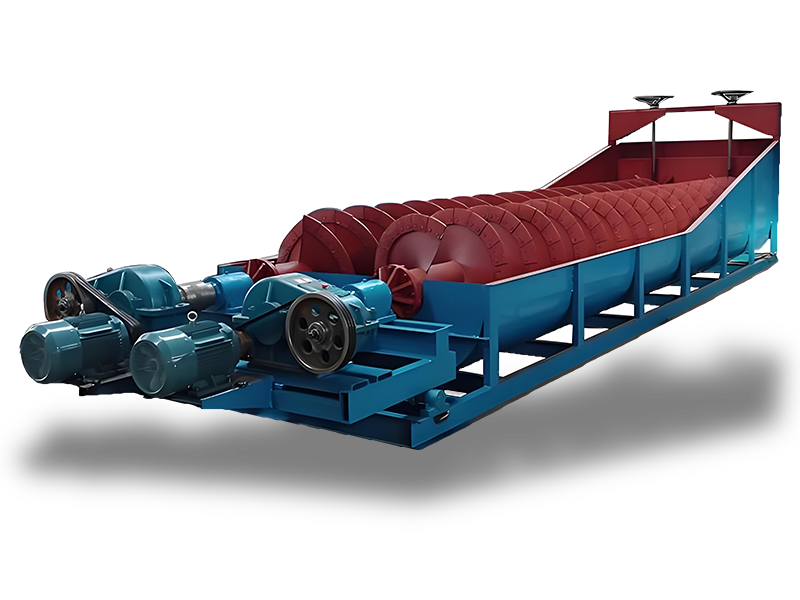
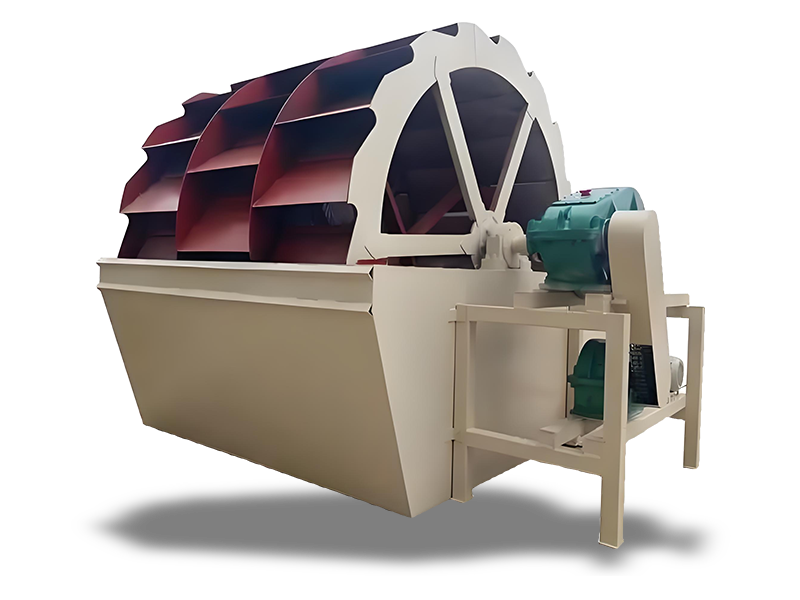
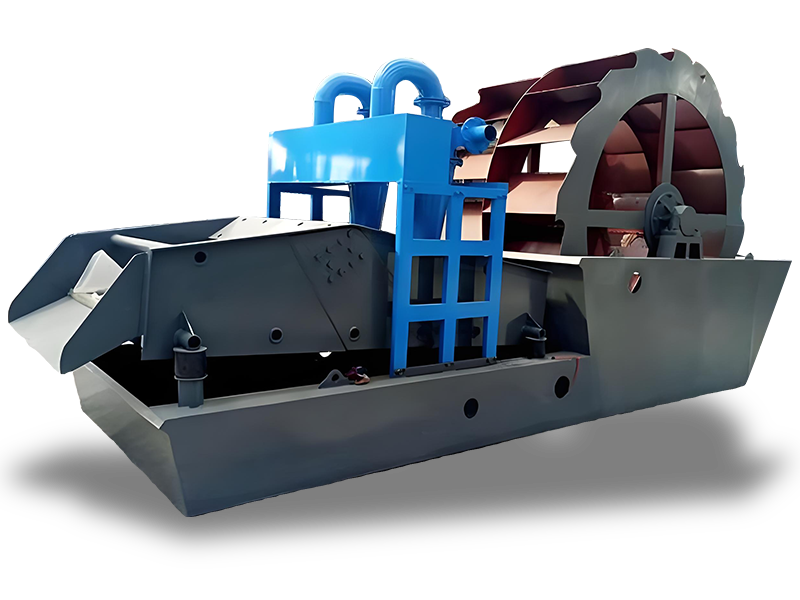
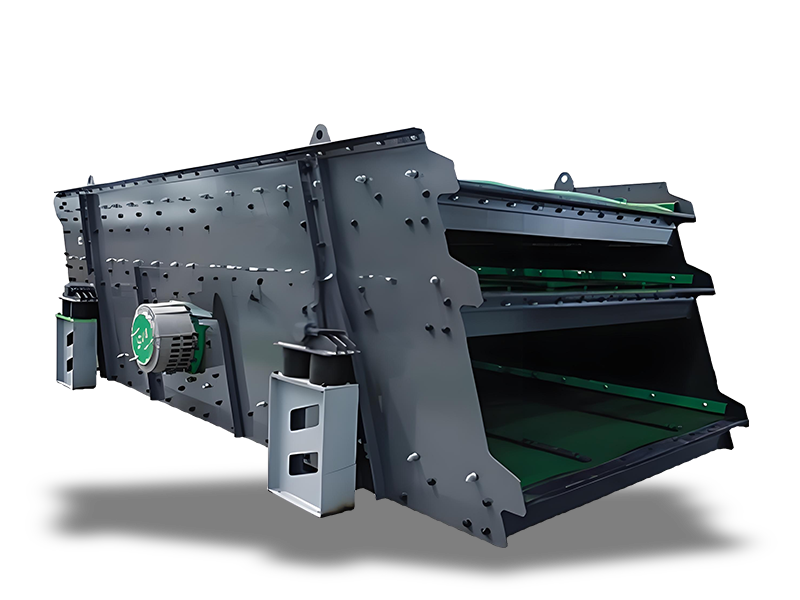
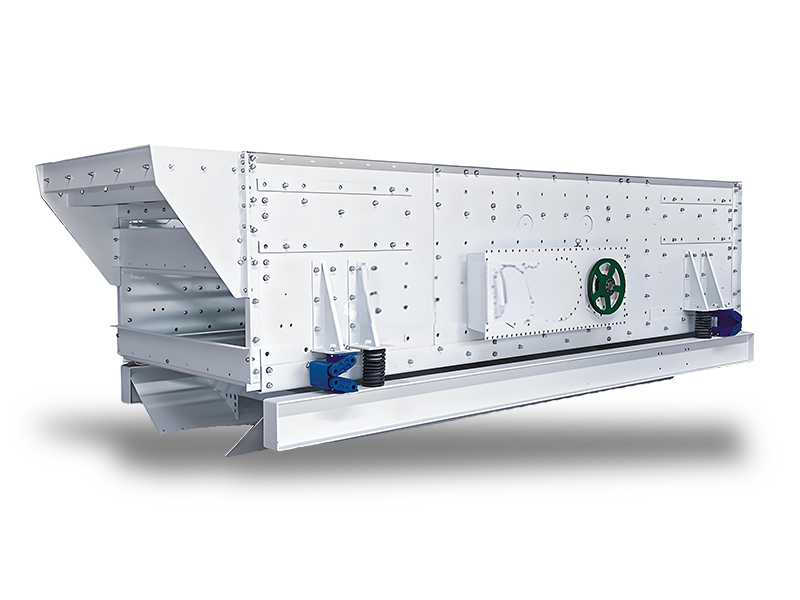
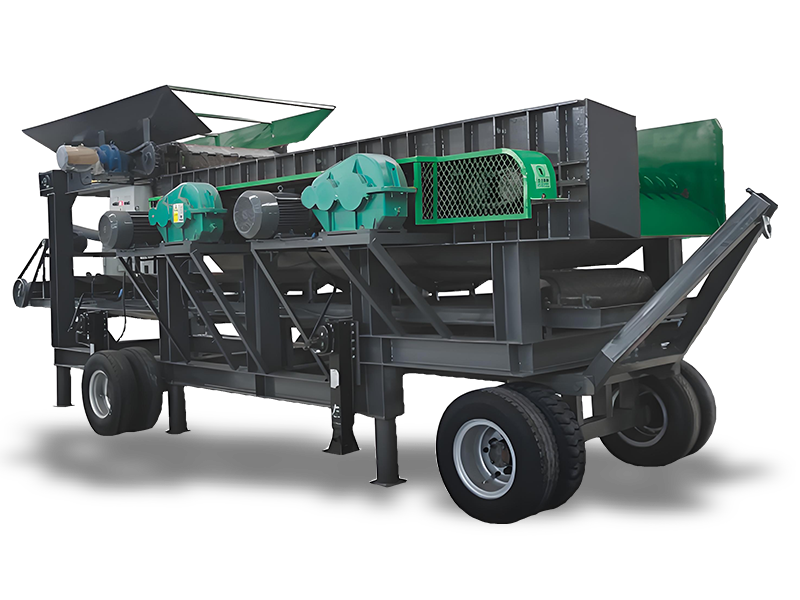
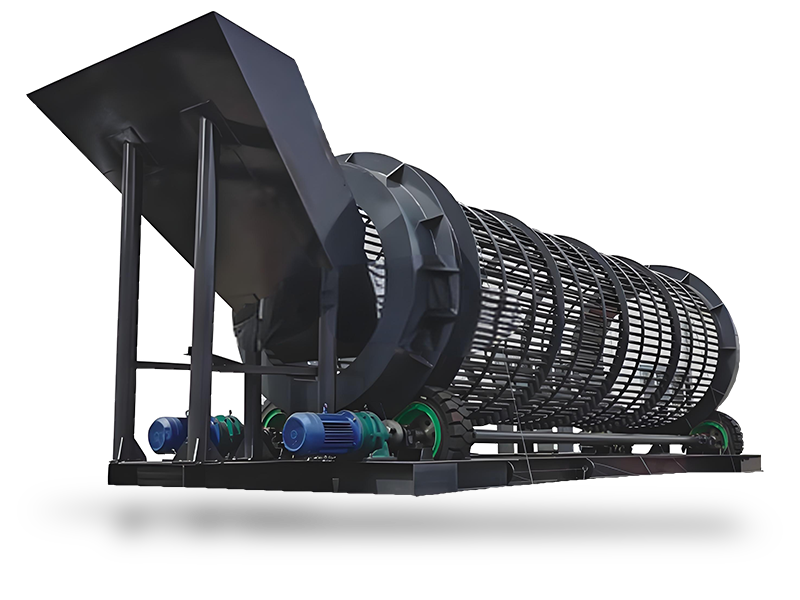
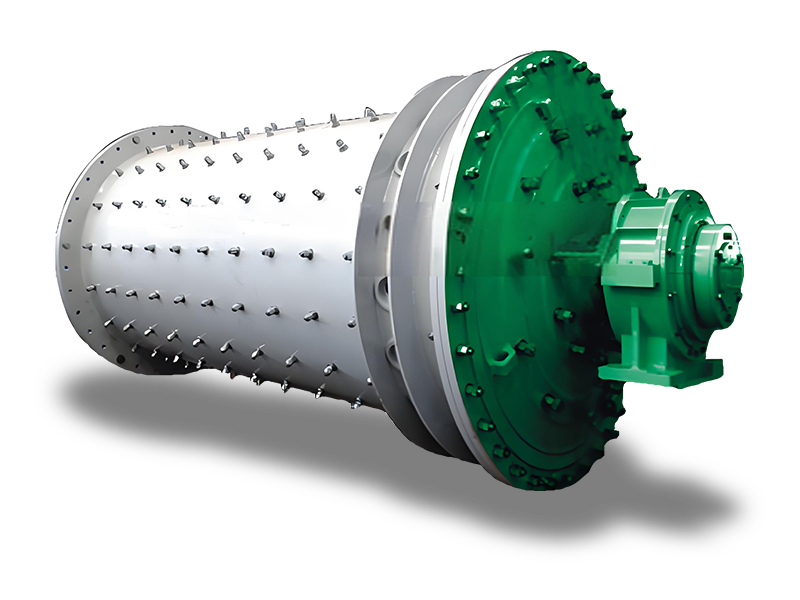
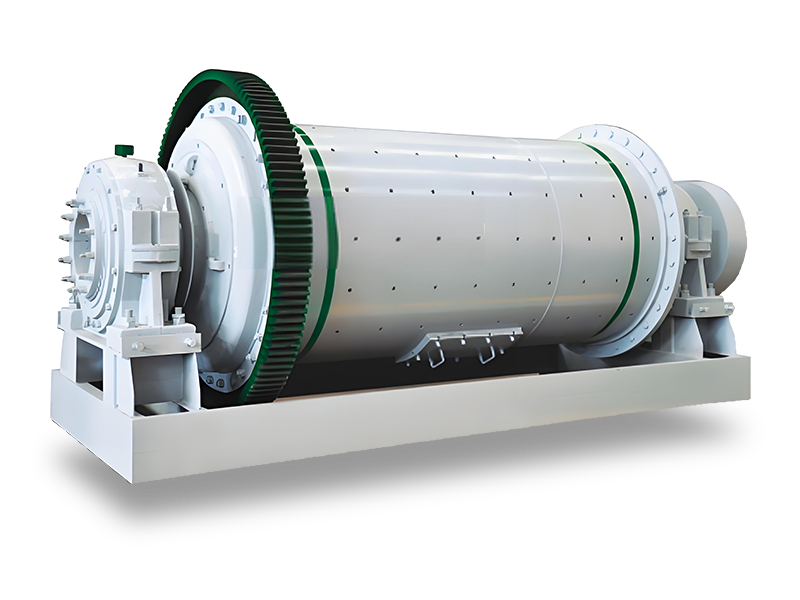

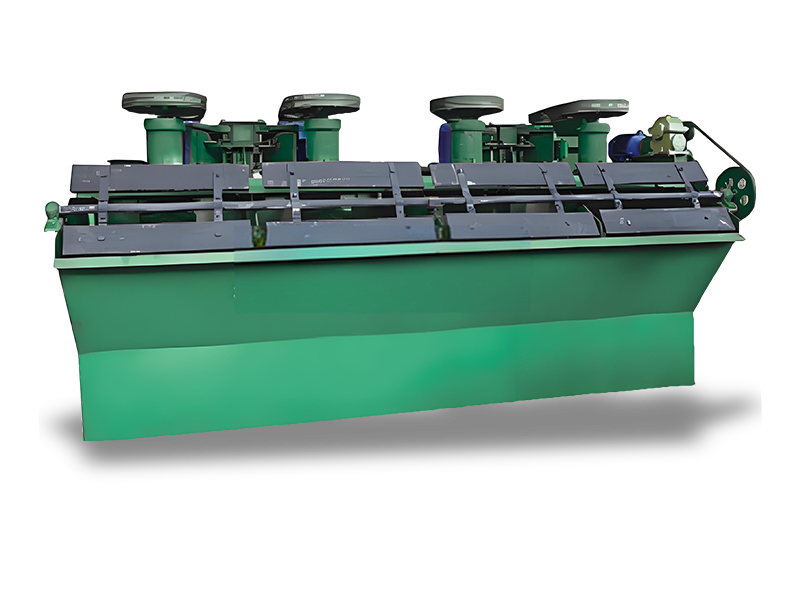
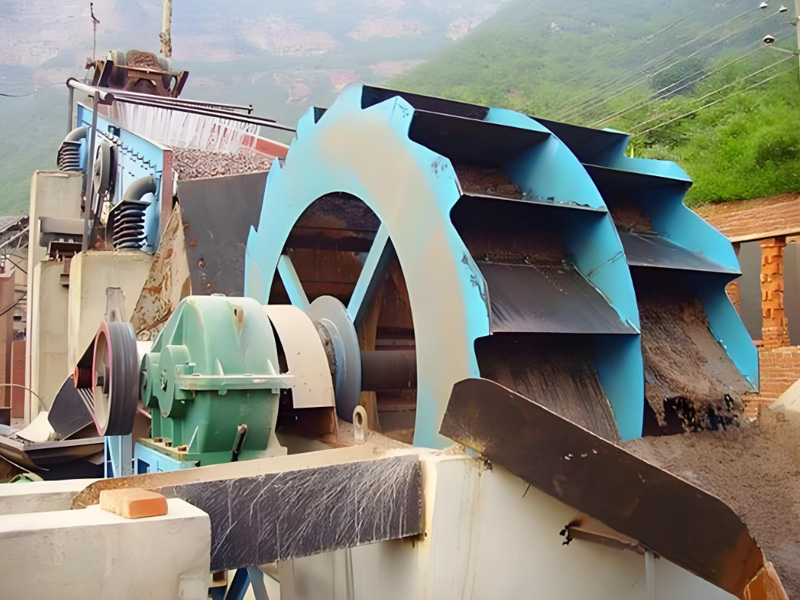
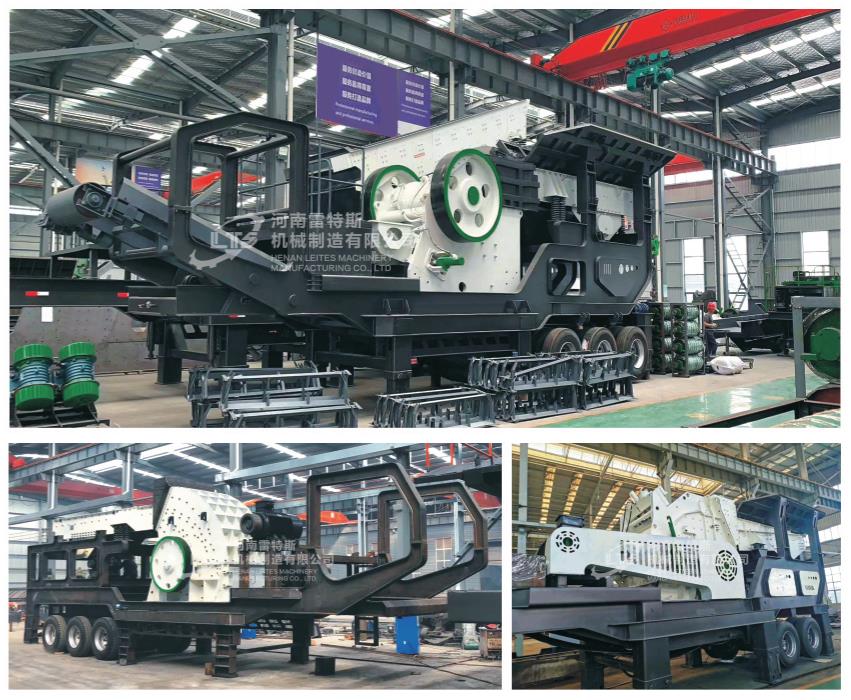





 +8615713843888
+8615713843888
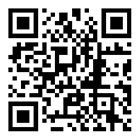 +8615713843888
+8615713843888